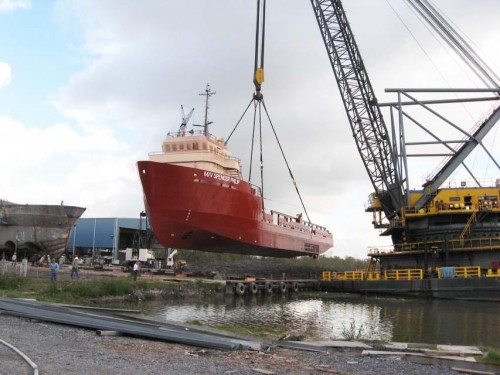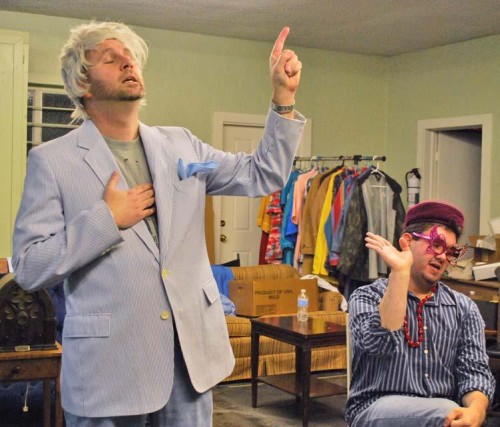
Money critical to grow state’s ports
December 29, 2009
‘Greater Tuna’ a glimpse of Anywhere USA
December 31, 2009With 1,000-paged bills requiring a law degree to understand sailing through Congress everyday, Sens. Jim Bunning (R-KY) and David Vitter (R-LA) have decided it’s time to put an end to the obfuscation and to take transparency on a new massive government program into their own hands.
In a letter dated Dec. 2 to the New York Federal Reserve Chairman, Dennis Hughes, Bunning and Vitter ask him to explain in clear-cut terms precisely how the Term Asset-Backed Lending Facility (TALF) for new loans is administered.
And rightfully so.
In November 2008, the Federal Reserve Board authorized the TALF program. Shortly after, the Treasury gave the Fed $20 billion dollars of TARP funds to back these new loans for TALF. And now, current reports say that as of October, there had been over $40 billion dollars worth of loans made.
What we do know is that TALF applies to everything from credit card debt, student loans, Small Business Administration loans, car loans and even commercial real estate mortgage-backed securities.
What we do not know is how the financial institutions get paid, how the deals are brokered and how the recipients are selected. This leaves much to be desired.
Vitter and Bunning are to be commended for their commitment to ensuring that the Federal Reserve, too often operating as laws unto itself, does not mishandle taxpayers’ money. It is Congress’ job to conduct proper oversight of programs like TALF, which are putting taxpayers on the hook for billions of dollars of potential losses.
In fact, “potential losses” is probably an understatement. According to the TARP Special Inspector General, “the taxpayer risk is many times that of private parties, thereby potentially skewing the economic incentives.”
This is because under TALF, “investors” (grant recipients) put up a small fraction (5 to 16 percent) of the value of the loan portfolio and the rest is borrowed from the New York Fed. Not to mention, the yields on these portfolios are expected to be around 11 to 15 percent, which goes completely to the investor.
In other words, the government, through the Treasury and the New York Fed, is allowing chosen investors to reap 100 percent of the return on the of the taxpayers’ money. But if the deal goes sour, the investors only lose the 5 to 16 percent they put in and the American people are on the hook for the other 84 to 95 percent.
With Barack Obama’s campaign promise to have an open and transparent government, one would expect his staff to keep their own house in order. But, instead, it takes two U.S. senators to stand up to one of the most secret and powerful institutions in America, the Federal Reserve and ask the right questions.
Now, it’s time to hear some answers.






